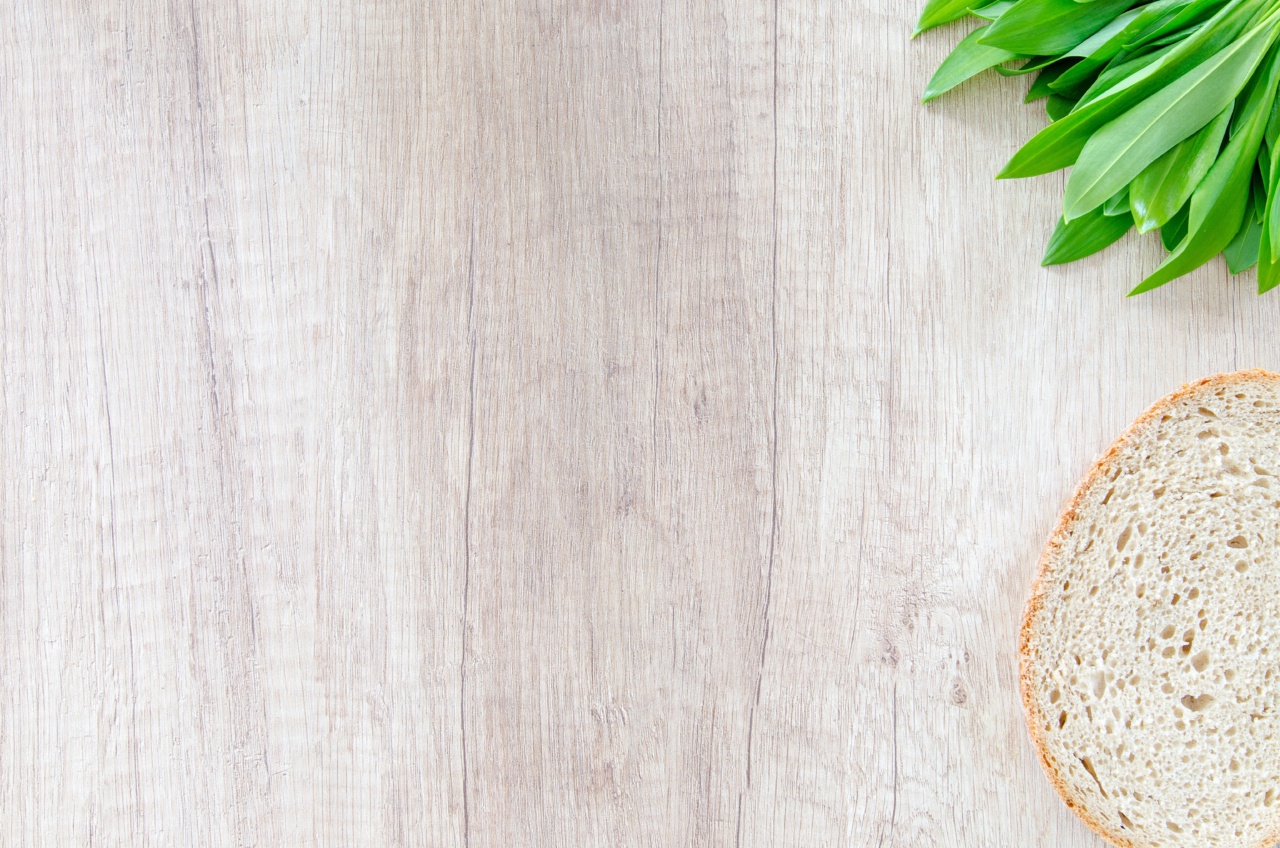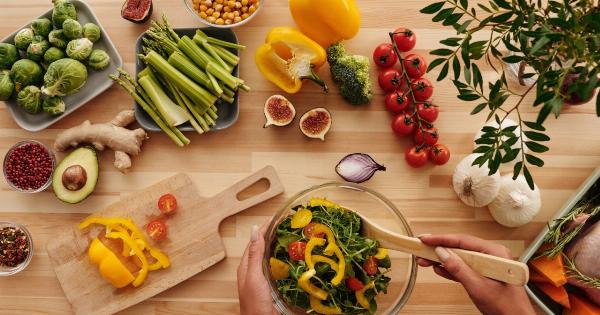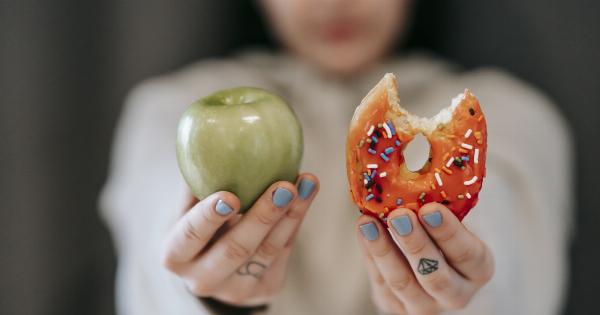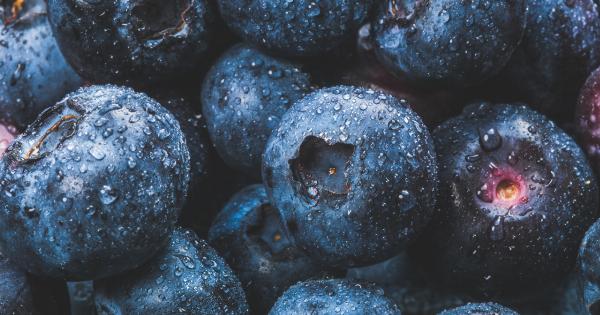When it comes to our eating habits, the texture of food plays a significant role in determining how much we consume.
Have you ever noticed that consuming rough or crunchy food tends to make you overindulge? In this article, we explore the connection between rough food and overindulgence, shedding light on how texture impacts our eating behavior.
The Role of Texture in Food Consumption
Texture refers to the physical properties of food, such as its consistency, crunchiness, and smoothness. While taste and smell greatly influence our food preferences, texture has a unique ability to affect our eating experience.
It can alter how we perceive flavors, impact our satiety levels, and even influence our caloric intake.
Why Do We Overindulge?
Overindulgence occurs when we consume food in excessive quantities, often beyond what our bodies require for nourishment. This behavior can lead to various health issues, including weight gain, obesity, and digestive problems.
Several factors contribute to overindulgence, and texture plays a crucial role in this phenomenon.
Rough Food and Increased Consumption
One of the key aspects of texture that influences our eating behavior is how rough or crunchy food stimulates our senses.
When we consume rough-textured foods, they trigger a heightened sensory experience, capturing our attention and increasing our desire to eat more.
The act of chewing rough food activates the release of saliva and digestive enzymes, preparing our bodies for digestion. This process can be highly pleasurable and satisfying, leading us to consume larger quantities than necessary.
Additionally, the prolonged chewing required for rough food can create a sense of fulfillment, making us feel satisfied only after we have consumed a significant amount.
Texture and Palatability
Palatability refers to the pleasantness or taste appeal of food. Texture plays a vital role in enhancing the palatability of various dishes. Rough or crunchy textures can add excitement, satisfaction, and interest to a meal, making it more enjoyable.
Consequently, we are more likely to continue eating, even after our hunger has been satisfied.
Processed food manufacturers are well aware of the influence of texture on palatability. They often exploit this knowledge by adding various texturizers, such as crispy coatings, to enhance the overall eating experience.
These modifications aim to create a desire to consume more, ultimately leading to overindulgence.
Texture and Satiety Levels
Satiety is the feeling of fullness and satisfaction experienced after a meal. The texture of food has a profound impact on satiety levels, as different textures can stimulate different satiety signals in our brains.
Research has shown that consuming rough or crunchy food tends to be less filling than consuming smooth or soft food. The physical act of chewing rough food stimulates the release of ghrelin, a hunger hormone that increases appetite.
Furthermore, the coarser the texture, the longer it takes for the food to break down, delaying the release of the hormone cholecystokinin (CCK), which signals satiety and reduces hunger.
The Influence of Emotional Eating
Emotional eating refers to the consumption of food as a response to emotional distress rather than physical hunger. This behavior is often associated with overindulgence and can lead to weight gain and loss of control over eating habits.
Texture plays a role in emotional eating, as rough or crunchy food can provide a sense of comfort and relieve stress. The act of chewing rough food leads to a cathartic experience, helping to distract from negative emotions temporarily.
However, this can also contribute to overeating as individuals seek continued emotional relief through food consumption.
Strategies to Overcome Overindulgence
Awareness and mindful eating are crucial in managing overindulgence. By paying attention to the textures of food and how they influence our eating behavior, we can take steps to prevent excessive consumption.
Here are some strategies to help overcome overindulgence:.
- Practice mindful eating: Focus on the taste, texture, and enjoyment of each bite.
- Control portion sizes: Measure and serve appropriate portions to avoid mindless eating.
- Choose a variety of textures: Incorporate a mix of textures to increase satisfaction without overindulging.
- Slow down while eating: Give your body ample time to register satiety signals before reaching for more rough-textured food.
- Listen to your body: Pay attention to physical hunger and fullness cues rather than emotional triggers.
The Takeaway
Understanding the impact of texture on our eating behavior can help us make more mindful choices when it comes to our diet.
Rough or crunchy foods tend to increase our consumption due to their sensory stimulation, enhanced palatability, and influence on satiety levels. By being aware of these effects and implementing strategies to manage overindulgence, we can maintain a healthier relationship with food.





























